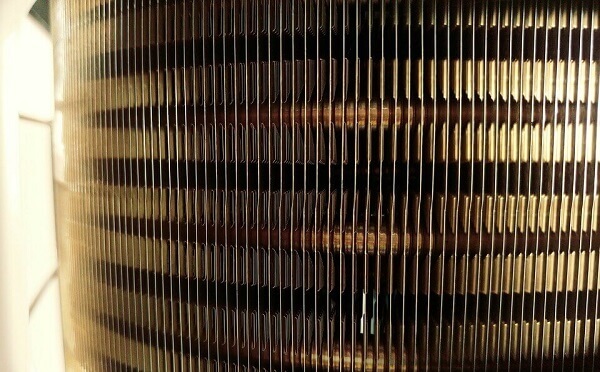Even with regular furnace repair in Saratoga, CA, you and your family can be exposed to higher pollutants. In fact, the toxins inside can be higher than the toxins outside, especially during winter. It is worse in winter because homeowners do all they can to tightly seal the home and improve efficiency. In turn, this also seals the home off from fresh air and natural ventilation. This increases the concentrations of pollutants and allergens inside the home. And more time spent inside during extreme cold means more exposure to these pollutants. Here are some of the most common indoor air pollutants in winter:
Mold
Mold grows when conditions inside remain moist and humid. It may seem unlikely with the heater circulating dry air throughout the home. However, a lack of ventilation can cause certain areas to become moisture-intense. You also might have moisture leaks from roof leaks reaching the attic. It is important to check the attic and basement in the winter to make sure you do not have any mold accumulation.
Wood Smoke
In winter, people often use wood stoves or fireplaces as secondary sources of heat. While great for ambiance and warmth, wood smoke can also contain small, respirable particles. And because the cold air outside can keep smoke from rising, it can disperse into the outdoor air. When the particles enter the lungs they can cause asthma, pneumonia, bronchitis, and other respiratory issues.
Pet Dander
During winter, you are more likely to keep your pets indoors as well. This can cause an increase in biological pollutants from pet hair and dander. So in winter, you will want to do more to keep your pet groomed and keep your home clean.
Viruses
Cold and flu viruses are other pollutants that increase in the winter. During this time, research suggests viruses are more infectious. People spend more time in confined spaces and are more likely to spread viruses from person to person.
Household Products
Products like cleaners, paints, varnishes, solvents, and disinfectants all release volatile organic chemicals or VOCs into the air. The same goes for most aerosols and scented candles. These can combine to cause irritation, headaches, and dizziness if you do not properly ventilate.

Higher Carbon Monoxide Levels
According to the research, November to January are the leading months for carbon monoxide poisoning. This is because the use of gas fireplaces and heaters goes up and ventilation goes down. Warming up the car in the garage can also increase carbon monoxide levels in the home. Symptoms to watch out for include dizziness, nausea, vomiting, weakness, chest pain, and confusion.
People tend to worry about outdoor pollutants and often forget indoor air can be just as toxic. Healthy indoor air quality in winter has a lot to do with a delicate balance of ventilation and insulation. You also want to make sure your heating sources are burning safely and efficiently. If you haven’t had your annual service, now is the time to call for furnace repair in Saratoga, CA. The experts at Pelle Heating & Air Conditioning approach every service with the highest level of professionalism, commitment, and thoroughness.
The post Common Indoor Air Pollutants in Winter appeared first on Pelle Heating & Air Conditioning.

